_____
Cannonball Adderley was an endearing, charismatic and cutting-edge musician who, as Adderley biographer Cary Ginell writes in the introduction of Walk Tall: The Music and Life of Julian “Cannonball” Adderley “brought an enthusiasm for his music to nightclubs around the world, expanding jazz’s boundaries with a fresh exuberance as the music progressed from the bebop of the 1940s and ’50s to combine with gospel and soul to help pioneer the subgenres of hard bop and soul jazz in the ’60’s.” His signature sound — though cut short at the age of 46 in 1975 — remains an essential ingredient of the music’s past, present and future.
I am in the process of working on an interview with Ginell, which I expect will be published sometime in August. Meanwhile, the book’s Foreward — a fond remembrance of Adderley by his friend Quincy Jones — is published here in its entirety, with the gracious consent of Hal Leonard Books.
_____________________
Foreward to Cary Ginell’s Walk Tall: The Music & Life of Julian “Cannonball” Adderley
by
Quincy Jones
_____
I didn’t find Cannonball Adderley. Cannonball found me. It was 1955. I was living in a basement apartment at 55 West Ninety-second Street on the West Side, and one day he and Nat came by. They had just gotten into town from Florida and were looking for a label. Oscar Peterson gave Cannon my number.
I asked him, “Have you ever recorded before?” He said, “Yes,” and he gave me this record, a home acetate with a blue label on it. On one side was “Frankie & Johnny,” and on the other, I think, an original song or something like that. He pretended he had recorded before, but he hadn’t done anything but that one acetate. When I listened to it, that record knocked me on my ass. I remember saying to myself, “Damn, this cat’s the next Bird.” I had never heard anything like that before. He was groundbreaking, just like Clifford Brown was.
At that time I was working as an arranger and composer and A & R for EmArcy Records and Bobby Shad. Two years later, we made a deal with Philips to sign all of our jazz artists for $100,000 apiece. That was unheard-of back then. I signed Dizzy Gillespie, Art Blakey, Paul Qunichette, and Clark Terry, my idol and guru since I was twelve years old. But that came later. Cannon was the first.
After the Adderleys left, I called Bobby Shad and I said, “Bobby, this is the cat, man. You got to hear this guy. He’s the next Charlie Parker.” So, Bobby said, “I hear you, I hear you. I don’t need to hear him. If you think that much about this guy, I believe you. Now here’s what you do. Book the studio, get the engineer, get the musicians, and write the arrangements. I’ll see you at the studio on Tuesday.” We only had a few days to get the session together – not a whole lot of time. So we went with the flow. Together Cannon and I picked the songs and wrote some others. I remember Cannon and I wrote a song called “Fallen Feathers” that was dedicated to Charlie Parker. We got to the Capitol Studios on Forty-fourth Street and Bobby said, “Take 1.” That’s all he had to do because all the other stuff was done.
We became close friends. Closer than close. After he and his beautiful wife, Olga, moved to Bel Air, I was invited to his house with all of our friends, including Sidney Miller, every Sunday, relaxin’ and groovin’, tellin’ lies, drinkin’ and stinkin’.
Cannon had a mind sharp as a tack. He had studied with Professor William P. Foster, who was the band director down at Florida A & M. Foster was a brother but he didn’t even want his students to play boogie-woogie. He taught them music theory and how to read. Cannon was an old-school musician. Every musician from the old school had to read music perfectly. And if you came out of Florida A & M, you knew how to read music.
I remember how robust he always was, and what a beautiful, sparkling, original personality he had. He was smart as well as personable, which was a rare combination. You can tell when someone knows who they are and is happy with who they are. That was Cannon. He had that sense of humor, that congeniality, and that charisma, and knew how to reach out to people in the world. Cannon made everything a joy to receive. Nothing was ever a problem for him. Instead, it was a puzzle, because a puzzle you can always solve.
Nadia Boulanger used to tell me, when I was studying with her in Paris, “Quincy, music will never be more or less than what you are as a human being.” That’s really true. That’s where the music comes from. You can have all the technique and knowledge in the world, but if you haven’t lived and don’t have your own story to tell, you’ll have nothing to say musically. Music is a reflection of who the person is, and whatever “it” was, Cannonball had “it.”
Excellence is not an act, it’s a habit, and Cannonball Adderley made a habit of excellence. I will never forget him, and neither will my daughter Kidada, for he was her godfather. One of our proudest possessions is Cannon’s gold flute that he left her, which hangs on the wall behind my bar along with Dizzy’s original upright trumpet. As long as I live, Cannon will always be with us, and deep within our hearts.
*
From Walk Tall: The Music and Life of Julian Cannonball Adderley (c) 2013 by Cary Ginell, published by Hal Leonard Books, an imprint of Hal Leonard Corporation. Reprinted with permission.
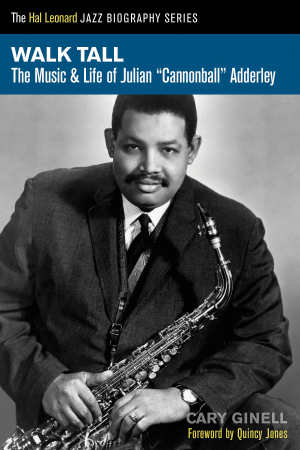
__________






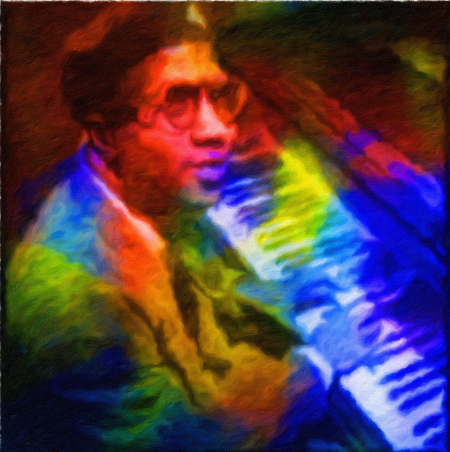


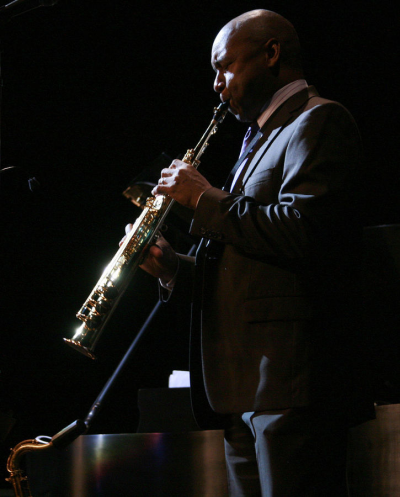

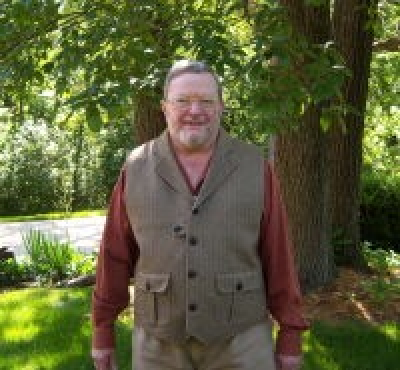
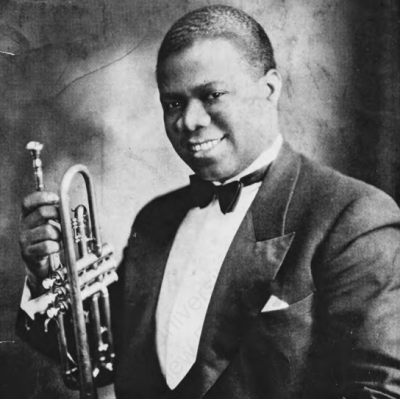
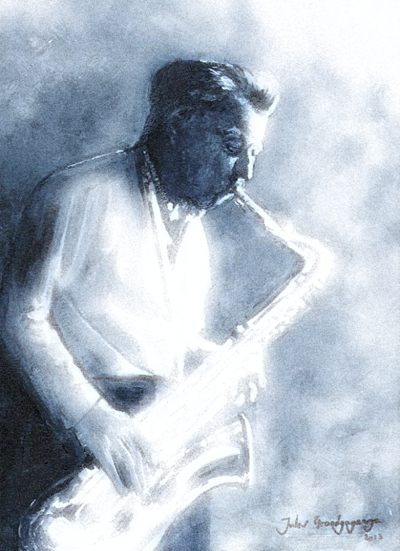

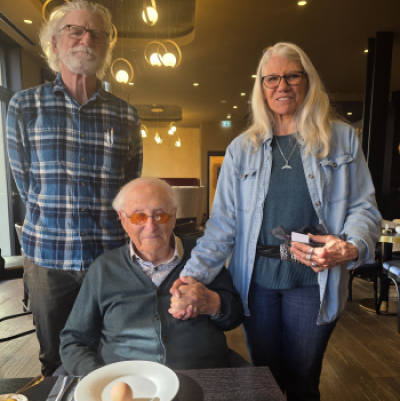

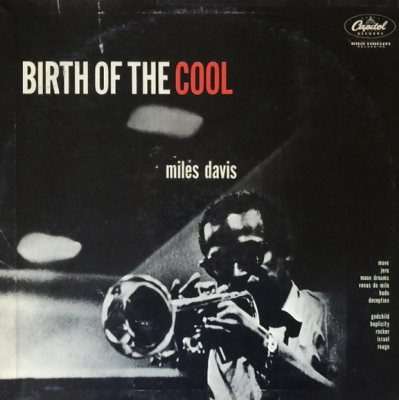
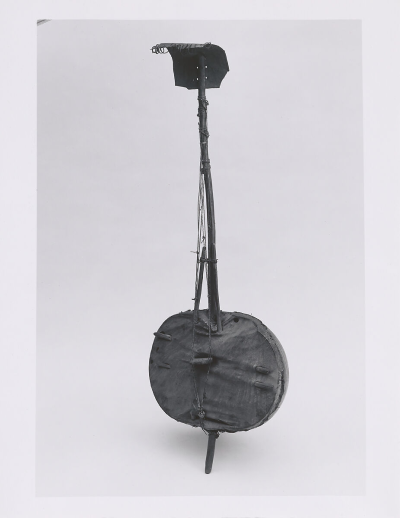


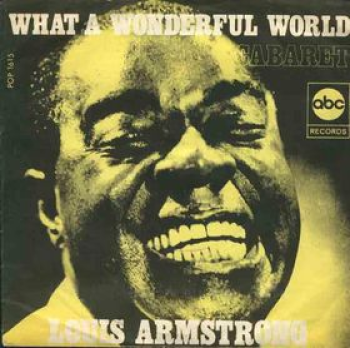
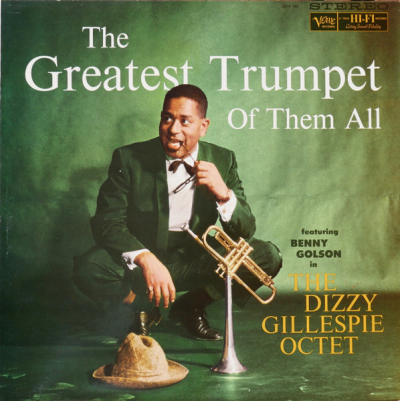
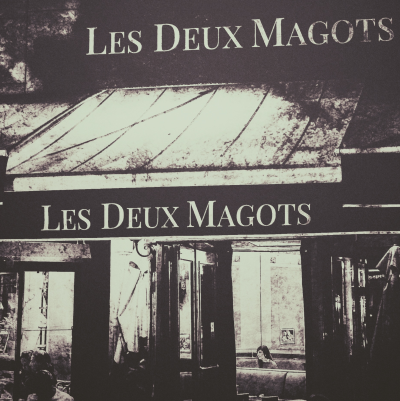
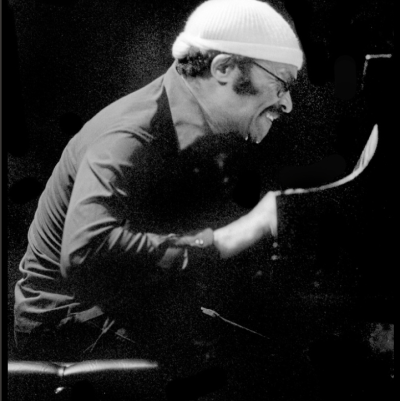
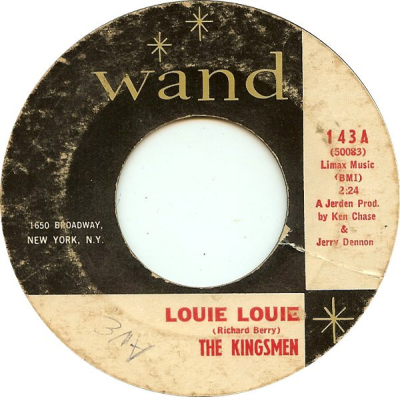
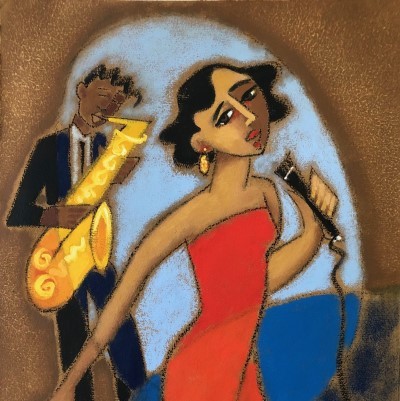


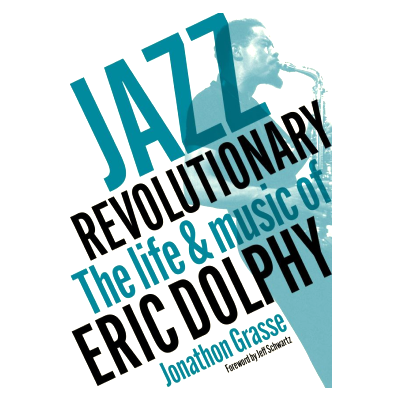


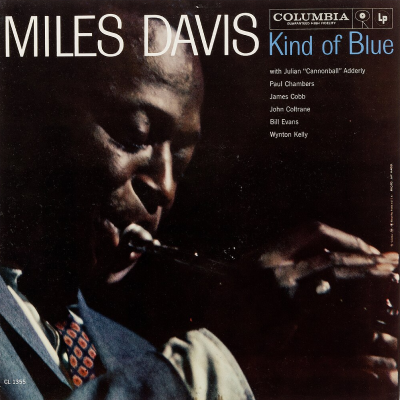
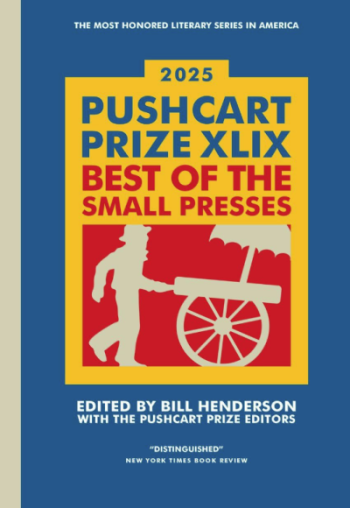






I had an old 78 with Cannonball and Nancy Wilson singing. I loved it a lot. And Quincy Jones. He’s helped so many people in the jazz world get started and never one derogatory word said about him. Fun to read about all of them: the jazz greats
Indeed, ”Cannibal” Adderly was certainly one of those good old good ones as
demonstrated by his work with Davis, Zawinul, Nat and others.
For some unidentifiable reason, the critics seemed to have always viewed ”Cannibal”
as the main guy , side lining Nat who in my opinion was numero Uno and his brother
numero secondo. RIP both of them